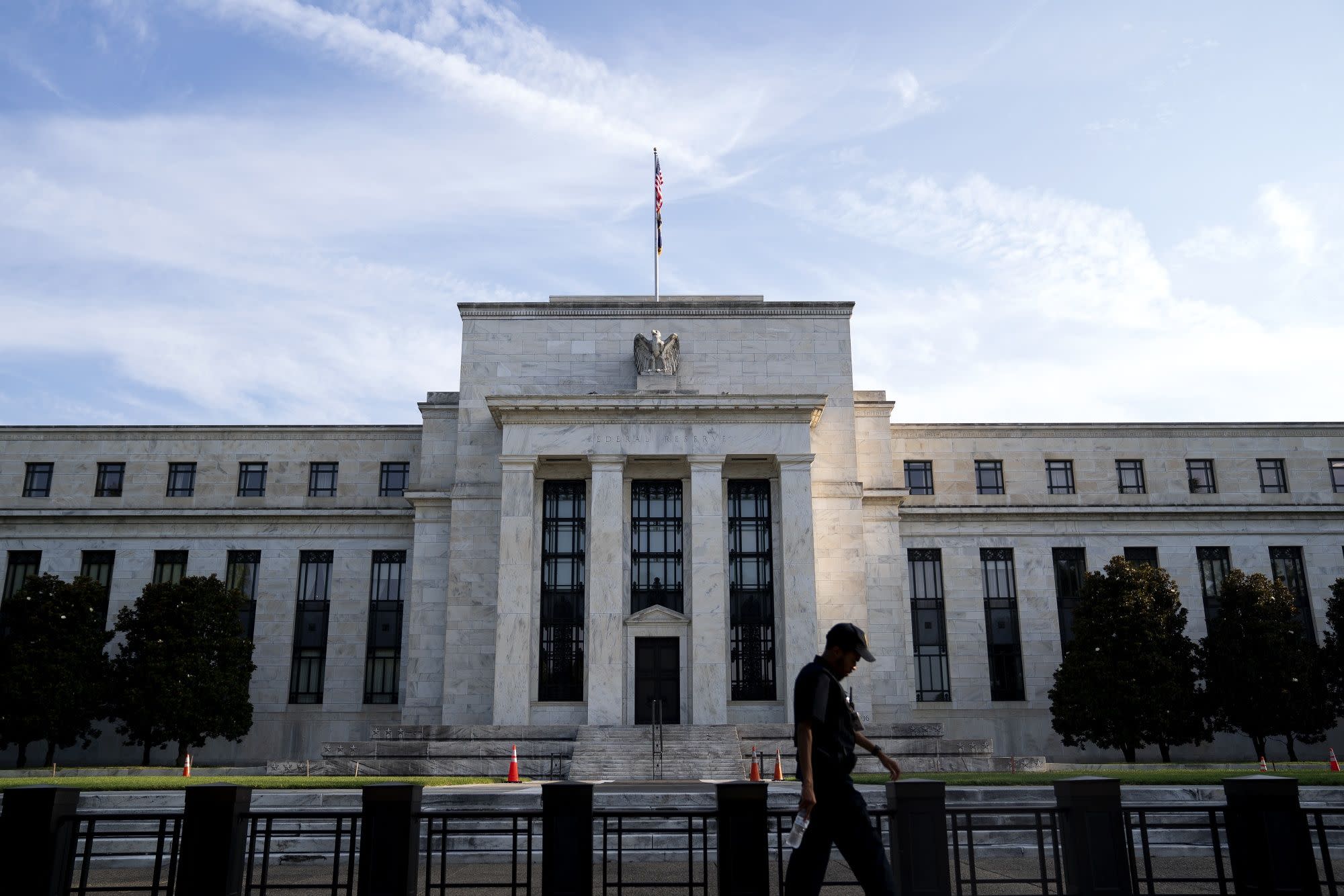Fed Minutes Show Most Officials See Taper Starting This Year

(Bloomberg) — Most Federal Reserve officials agreed they could start reducing the pace of their bond-buying purchases this year because they had hit their inflation goal and were closer to reaching their standard for progress on reducing unemployment.
“Various participants commented that economic and financial conditions would likely warrant a reduction in coming months,” minutes of the Federal Open Market Committee’s July 27-28 gathering released Wednesday said. “Several others indicated, however, that a reduction in the pace of asset purchases was more likely to become appropriate early next year.”
The minutes also showed that most participants “judged that it could be appropriate to start reducing the pace of asset purchases this year.”
U.S. central bankers next meet September 21-22. While the record shows officials don’t have agreement on timing or pace of tapering yet, most reached consensus on keeping the composition of any reduction in Treasury and mortgage-backed securities purchases proportional.
“The FOMC minutes again reveal a wide spread of opinion on the question of the timing, speed, and structure of the upcoming tapering,” Ian Shepherdson, chief economist at Pantheon Macroeconomics Ltd. said after the release.
Varying Views
Treasuries advanced after the minutes gave no suggestion of an immediate move toward tapering purchases, with 10-year yields at 1.27% as of 2:50 p.m. in New York, compared with about 1.29% before the release. Stocks initially fell, hitting their lows of the session, before recouping much of the drop.
Fed policy makers have differed publicly in the weeks since the meeting over when the central bank should start tapering with some, like Minneapolis Fed President Neel Kashkari wanting to a see a “few more” strong jobs reports and others such as Boston Fed President Eric Rosengren saying he’s open to announcing plans for a reduction at the next meeting if Septembers employment figures come in well.
St. Louis Fed President James Bullard said Wednesday that he would like to see the tapering of the asset-purchase program done by the first quarter of 2022.
Fed’s Kashkari Wants ‘Few More’ Strong Job Reports Before Taper
On the composition of bond-buying purchases, “most participants remarked that they saw benefits in reducing the pace of net purchases of Treasury securities and agency MBS proportionally.”
The minutes indicate that officials still see room for labor-market improvement. Job gains have been strong, averaging 617,000 a month through July this year. The unemployment rate stood at 5.4% last month, but broader measures still show slack.
The employment-to-population ratio for workers between 25 and 54 years old was 77.8% last month compared to 80.5% at the start of 2020, while Hispanic and Black unemployment rates remain high at 6.6% and 8.2%.
The recovery has been strong with both supply and demand imbalances pushing prices higher. The Fed’s inflation indicator rose at a 4% pace for the 12 months ending June compared with the Fed’s 2% target.
The minutes showed that “most participants” remarked that their standard for progress had been achieved with respect to the price stability goal.
Fed officials cut their benchmark lending rate to zero in March 2020 and announced they would buy $200 billion of agency mortgage-backed securities and $500 billion of Treasuries to support market functioning. By December 2020, they realigned their guidance saying they would purchase $80 billion a month in Treasuries and $40 billion a month on mortgage securities “until substantial further progress has been made toward its maximum employment and price stability goals.”
The asset purchases have lowered longer-term interest rates and helped fuel a rise in housing prices and other financial assets, with one-month gains in home price indices breaking records while stock indices trade around record highs.
(Updates with markets)
More stories like this are available on bloomberg.com
Subscribe now to stay ahead with the most trusted business news source.
©2021 Bloomberg L.P.




